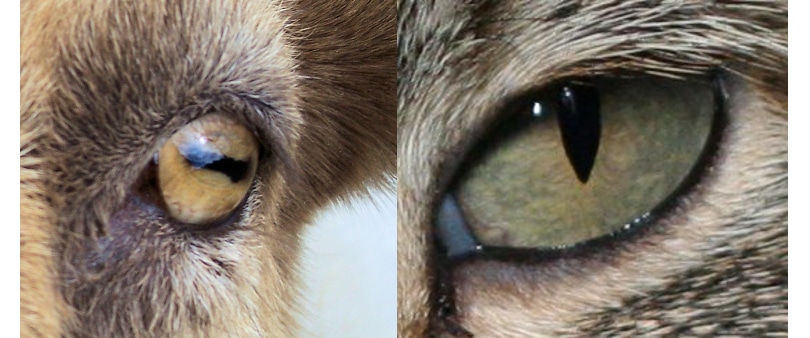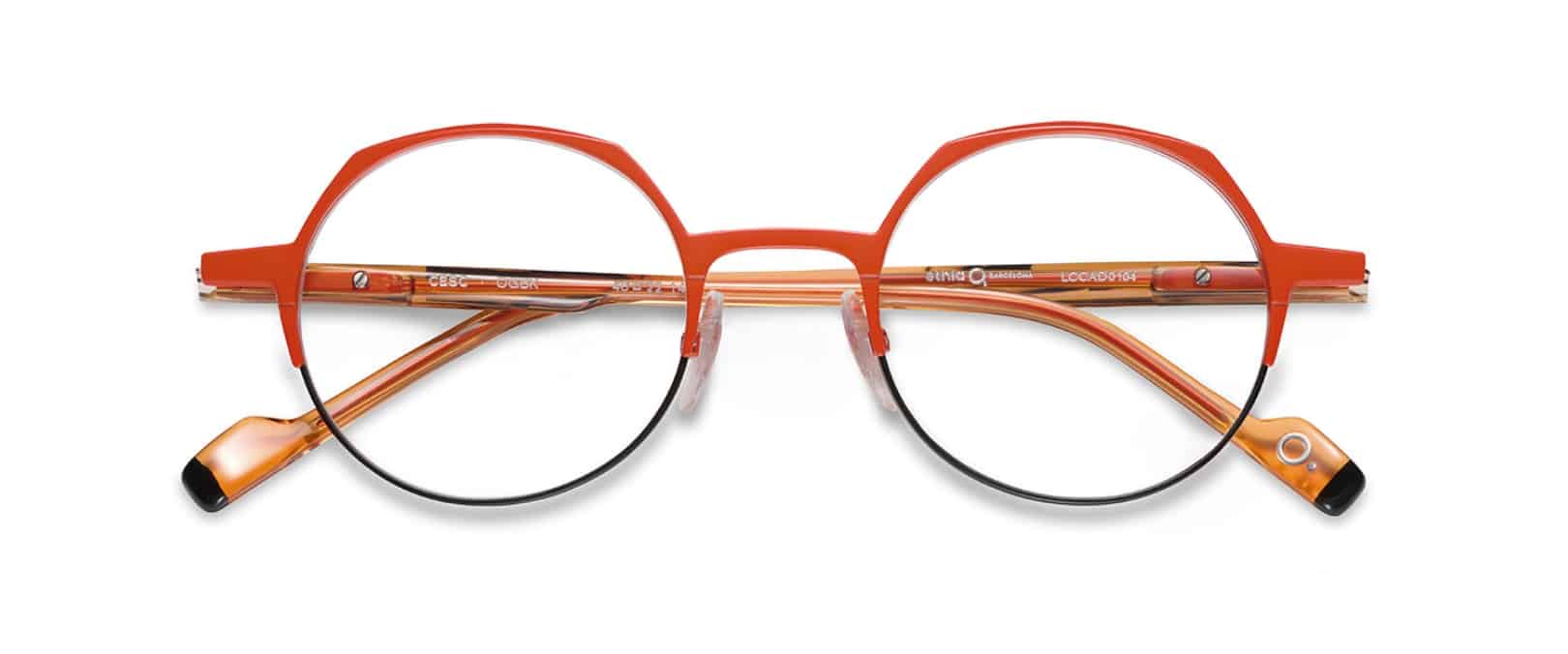Predator or Prey?
Friday, October 2 2015 | 00 h 00 min | Vision Science
A study of the pupils of 214 species of animal, published in the journal Science Advances, concluded that those with vertical pupils (like a cat) are predators, while animals with horizontal pupils are usually prey.
The vertical pupil allows hunters to better estimate their distance from prey and optimizes stereoscopic vision. When a vertical pupil contracts, image quality remains high whereas a circular pupil will blur vision when contracting. Larger predators, like lions and tigers, have more rounded pupils since, being higher from the ground, they have less need to correct retinal blur.
Horizontal pupils on prey animals produce a panoramic image and are better for peripheral vision. Study lead Dr. Martin Banks explains, “Grazing animals’ eyes can rotate by 50 degrees or more in each eye, a range 10 times greater than human eyes. When goats, antelope and other grazing prey animals put their head down to eat, their eyes rotated to maintain the pupils’ horizontal alignment with the ground.” More light coming in from the sides means a better chance to spot approaching predators and knowing when to flee.
Further information: http://www.sci-news.com/biology/science-pupils-shape-eyes-animals-03112.html
Photos: Jo Naylor CC BY 2.0, David Corby CC BY 2.5







